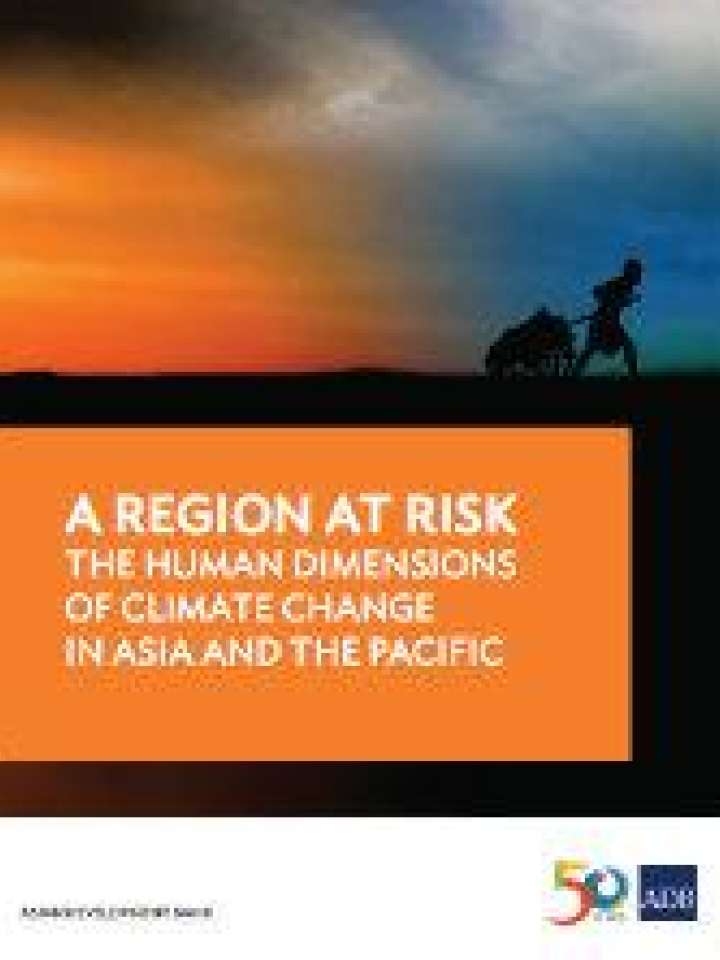A region at risk: The human dimensions of climate change in Asia and the Pacific
This report aims to inform ADB developing member countries of the most recent regional climate change projections and to assess the consequences of these changes for human systems. It also highlights gaps in the existing knowledge pertaining to the impacts of climate change, and identifies avenues where research continues to be needed.
The findings of this report highlight the severity of consequences of unabated climate change in Asia. While the climate impacts under the Paris consensus scenario of a temperature increase between 1.5°C and 2°C will pose significant challenges to the region, it is clear that the Business-as-Usual (BAU) scenario would render efforts to adapt Asia’s population and economy to this new climatic regime ineffective.
Because the coming decade is crucial for implementing adequate mitigation measures to deliver on the Paris Agreement, investments leading to a rapid decarbonization of the Asian economy have to receive high priority. At the same time, adaptation measures to protect the most vulnerable populations of the region need to be implemented. While pilot projects of renewable energy and technological innovation in urban infrastructure and transport need to spearhead this transformation, the consideration of mitigation and adaptation has to be mainstreamed into macro-level regional development strategies and micro-level project planning in all sectors. This would not only contribute to managing climate change risks for Asia and the Pacific, but also provide opportunities for directing regional economies toward a low-carbon and climate-resilient pathway.
Explore further
